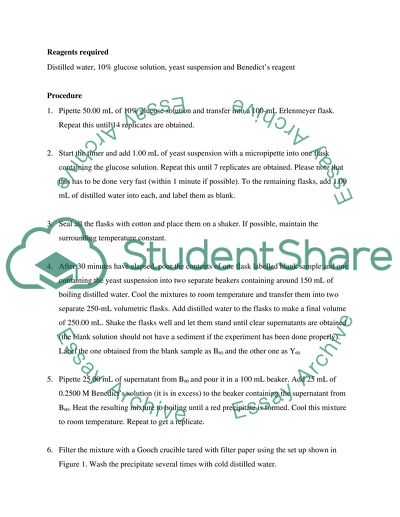Rate of Glucose Uptake by Yeast Cells Lab Report. Retrieved from https://studentshare.org/science/1518050-rate-of-glucose-uptake-by-yeast-cells
Rate of Glucose Uptake by Yeast Cells Lab Report. https://studentshare.org/science/1518050-rate-of-glucose-uptake-by-yeast-cells.


